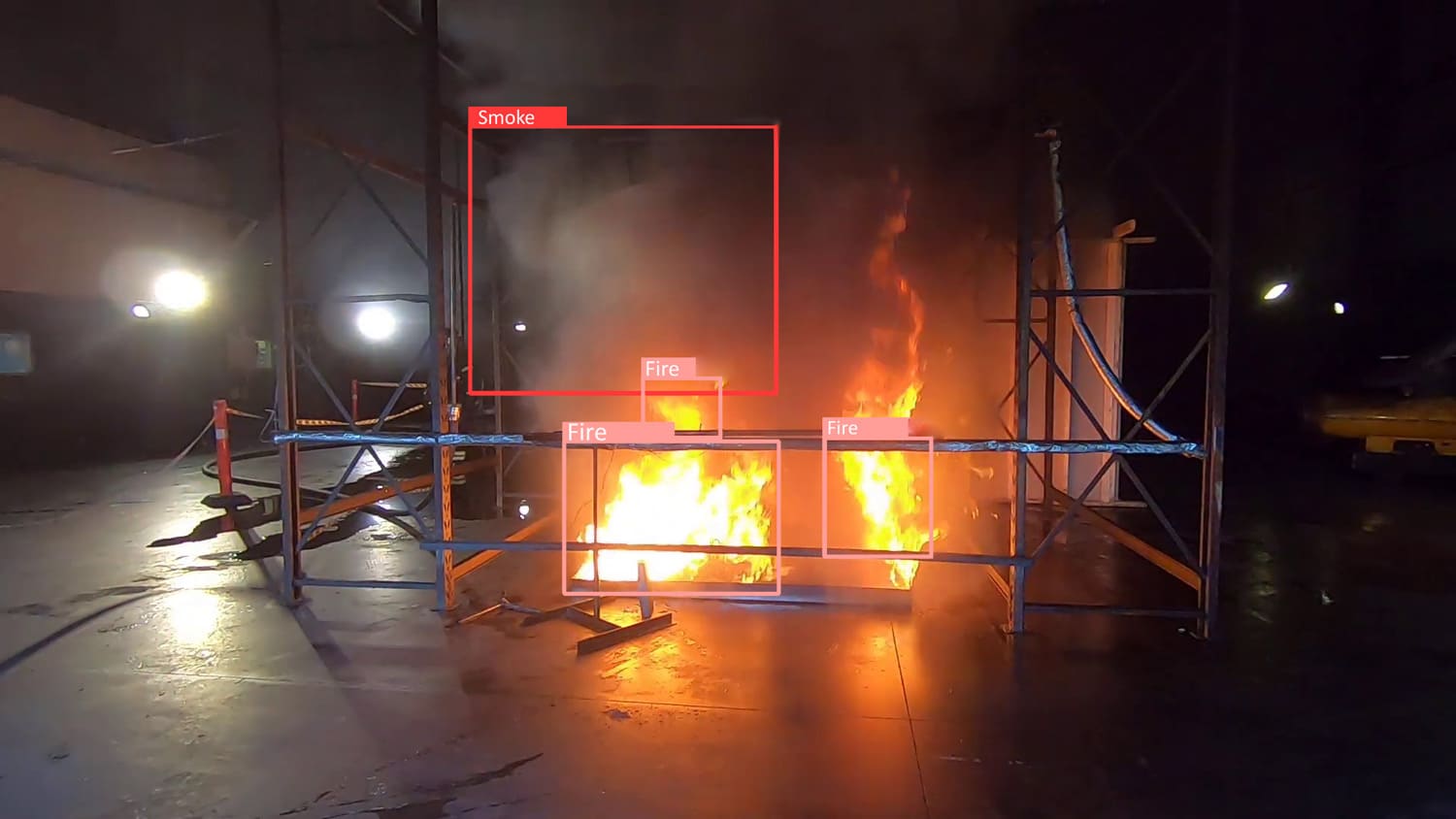How Fire Detection Systems Prevent Disasters
- November 13, 2024
- Posted by:
- Category: Articles

Every second counts when it comes to fire detection. Just ask anyone who’s ever experienced a fire emergency—those initial moments between when a fire starts and when it’s discovered can mean the difference between a minor incident and a major catastrophe.
The Importance of Fire Detection Systems
Modern detection has evolved far beyond the simple smoke alarms we grew up with. Today’s sophisticated systems combine multiple technologies to spot danger before it spreads. Whether you’re protecting a family home or a massive warehouse, an early fire alarm remains your first line of defense against devastating losses.
Think about it: when was the last time you really considered your fire detection setup? For many of us, it’s not until something goes wrong that we realize how crucial these systems are. But by then, it’s often too late.
 How Modern Detection Systems Work
How Modern Detection Systems Work
Today’s fire detection technology is light years ahead of where we started. These systems don’t just wait for smoke to trigger an alarm; they actively monitor environments using multiple detection methods. The most advanced systems combine traditional sensors with video analytics and artificial intelligence.
A basic fire alarm starts with smoke and heat sensors, but modern systems go further. They analyze air quality, monitor temperature changes, and even use cameras to spot the visual signatures of smoke and flames. This multi-layered approach helps ensure that no threat goes unnoticed.
You can learn more about: Fire Alarm System
The Evolution of Video Analytics Solutions in Detection
The journey from simple smoke detectors to today’s advanced systems is fascinating. We’ve moved from basic heat sensors to intelligent systems that can distinguish between steam from your shower and smoke from a real fire. This evolution in this technology has dramatically improved our ability to prevent disasters.
Remember those old smoke detectors that would go off every time you burned toast? Modern detection has come a long way since then. Today’s systems are smarter, more reliable, and far more sophisticated in how they identify potential threats.
Types of Detection Systems: Which Is Right for You?
Choosing the right detection system depends on your specific needs. Here’s what’s available:
- Traditional smoke detectors (still useful for basic fire detection).
- Heat detection systems.
- Flame detectors.
- Video analytics-based systems.
Each type serves a purpose, but the most effective systems often combine multiple approaches for comprehensive protection.
How Fire Detection Systems Using Video Analytics Work
This is where things get really interesting. Video analytics-based fire detection, like AvidGuard, uses artificial intelligence to analyze video feeds in real-time. These systems can spot the early signs of fire that humans or traditional detectors might miss.
AvidGuard‘s approach is particularly impressive. It analyzes video content from surveillance cameras to detect smoke and fire patterns, looking at factors like:
- Shape and movement patterns
- Color changes
- Smoke behavior
- Environmental context
When the system identifies potential fire indicators, it immediately alerts security personnel or triggers automated response systems. This rapid capability can save crucial minutes in emergency situations.
 Detection in Large Facilities: Why You Need Advanced Systems?
Detection in Large Facilities: Why You Need Advanced Systems?
Large facilities present unique challenges for fire detection. Traditional systems might miss early warning signs in high-ceiling areas or complex layouts. That’s where advanced video analytics solutions shine.
Consider a warehouse setting: Traditional detection methods might not notice smoke until it rises to ceiling-mounted sensors. But a video analytics system like AvidGuard can spot the first wisps of smoke from any camera’s viewpoint, enabling faster response times and better protection.
Preventing False Alarms: The Accuracy of Video Analytics-Based Systems
False alarms aren’t just annoying – they’re expensive and dangerous. They can lead to:
- Unnecessary evacuations.
- Emergency response costs.
- Decreased response urgency (“cry wolf” syndrome).
- Business disruptions.
Modern fire detection systems using video analytics significantly reduce false alarms. By analyzing multiple factors before triggering an alert, these systems provide more reliable fire detection than ever before.
The Role of AI in Predictive Fire Risk Assessment
The future of fire detection lies in prevention. AI-powered systems don’t just detect fires; they help prevent them by identifying potential risks before they become emergencies. This predictive approach to fire detection represents a major leap forward in safety technology.
Some key advantages of AI-based fire detection include:
- Continuous monitoring without fatigue.
- Pattern recognition across multiple data points.
- Learning capabilities that improve accuracy over time.
- Integration with existing security systems.
All in All
Remember: the best fire detection system is the one that catches problems before they become disasters. Whether you’re protecting a small business or a large facility, investing in modern detection technology isn’t just smart—it’s essential.
With solutions like AvidGuard, you’re not just getting a fire alarm—you’re getting a comprehensive safety system that actively works to prevent disasters before they happen.
As we look to the future, fire and smoke detection will continue to evolve, becoming even more sophisticated and reliable. But right now, the combination of AI, video analytics, and traditional detection methods provides the most complete protection available. Don’t wait for a disaster to upgrade your fire detection system—the time to act is NOW.
2 Comments
Comments are closed.

[…] One system handles both security and fire detection. […]
[…] how exactly do these systems keep us safe? At their core, AI fire detection systems are all about pattern recognition and data analysis. They use a network of […]